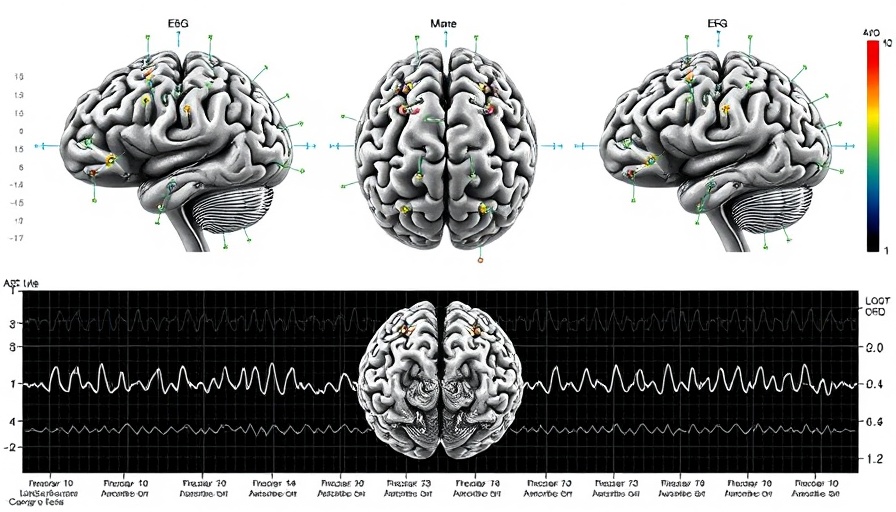
Advancements in Epilepsy Surgery: A Game-Changer for Patients
For many individuals living with epilepsy, the journey can be fraught with challenges. While anti-seizure medications work for most, there remains a significant segment of patients for whom medication is ineffective, necessitating surgical interventions. A recent study conducted by researchers at the University of California, San Francisco, introduces a groundbreaking approach to identifying the origins of these elusive seizures, a technique that promises to optimize surgical outcomes.
Understanding Seizure Onset Zones (SOZ)
Seizures arise from dysfunctional brain tissue that induces abnormal electrical activity. The brain has impressive adaptability, often relocating normal functions away from these malafunctioning areas. However, accurately pinpointing the "seizure onset zones" (SOZ)—the exact regions where seizures begin—remains a daunting challenge for neurologists. Traditional methods of mapping these areas through electrode arrays often yield unclear data due to the distance between electrodes, compromising the precision of surgical decisions.
Transforming Brain Imaging with High-Density EEG
The innovative approach employed by UCSF researchers leverages intracranial electroencephalogram (EEG) technology with high-density electrode arrays. Unlike conventional setups, which might use 30 electrodes, high-density EEG can employ 64 to 256 electrodes, significantly enhancing the fidelity of brain activity recordings. This increased electrode density allows for a more detailed mapping of the brain's electrical signals and consequently provides clearer guidance for surgical intervention.
Heatmap Visualization: A New Way to Assess SOZ
In a significant leap towards improved patient care, the UCSF team created video heatmaps that visualize seizure activity on reconstructed brain images. These heatmap videos enable epileptologists to visualize and assess the SOZ locations more accurately. The study indicated that higher-density EEG recordings improved consensus among specialists about the SOZ, making it easier to estimate the extent of tissue that may need removal during surgery.
Expert Insights: The Importance of Precision
Dr. Jon Kleen, an epilepsy specialist involved in the study, emphasized the emotional toll of postoperative seizure recurrence, indicating that a significant portion of problematic tissue might still reside within the brain. By refining techniques for precise localization, the new high-density approach is a vital step toward improving surgical outcomes. Physicians aim to enhance the accuracy of surgical margins concerning both normal and abnormal tissues.
Future Implications for Epilepsy Surgery
The findings from UCSF not only highlight the benefits of high-density EEG technology but also suggest that refining this technology could lead to even better surgical outcomes. The ongoing assessment of how these techniques can quantitatively influence surgical success rates is crucial to confirming their future role in clinical practice.
Understanding Community Health and Wellness
As medical technology advances in fields like epilepsy surgery, it is essential to consider how these innovations impact community health and wellness. Improved surgical outcomes can significantly enhance quality of life for those with epilepsy and their families, aligning with broader goals within health and wellness sectors—particularly in urban centers like San Antonio, where community-focused health initiatives are critical.
Taking Action for Better Health
For individuals dealing with epilepsy or supporting someone who is, understanding advancements in treatment options is vital. Engaging with wellness communities can provide additional resources, including wellness events and workshops focused on health and wellness integration strategies. Those interested in exploring these developments further can look for local health and wellness events that promote knowledge and resources about neurological health.
In conclusion, as the field of neurology continues to evolve, breakthroughs like high-density EEG reaffirm the commitment to improving epilepsy treatment. These advancements not only promise a decrease in surgical recurrence rates but also foster a more profound understanding of the neurological intricacies of epilepsy.
 Add Row
Add Row  Add
Add 




 Add Row
Add Row  Add
Add 


Write A Comment